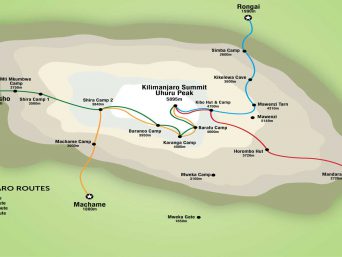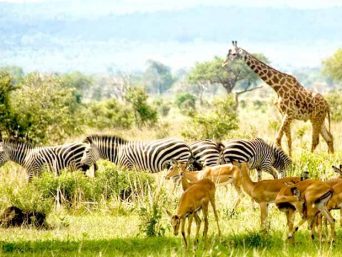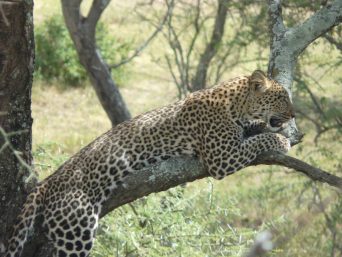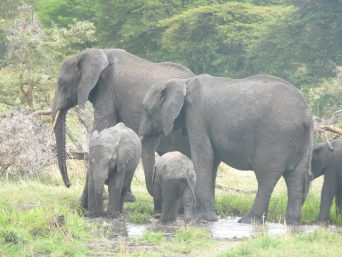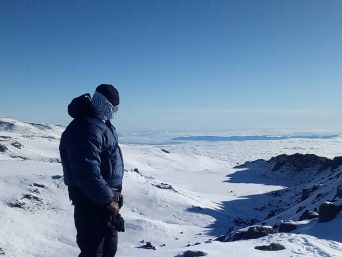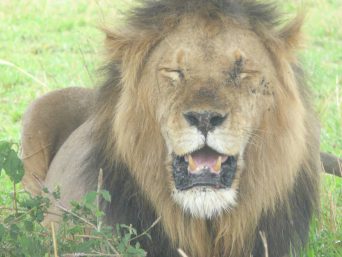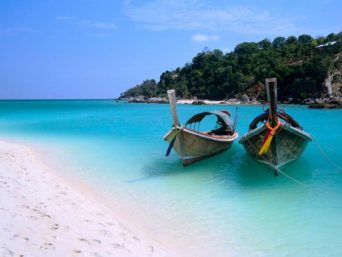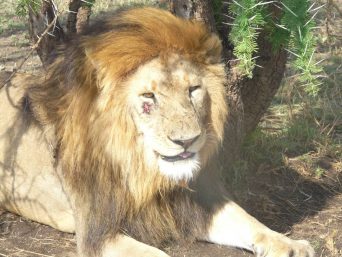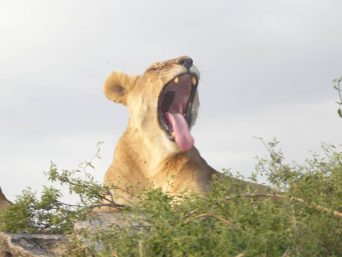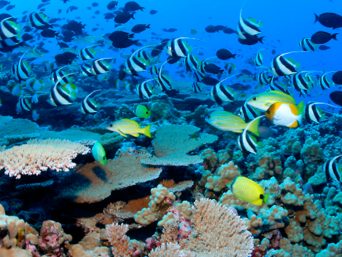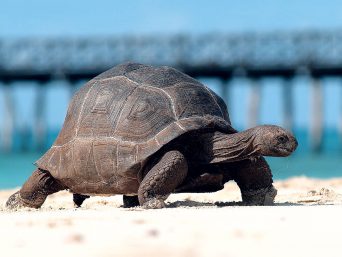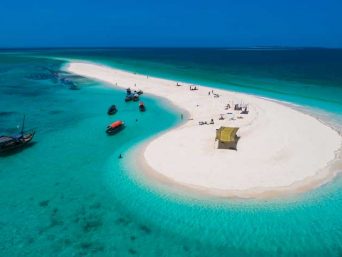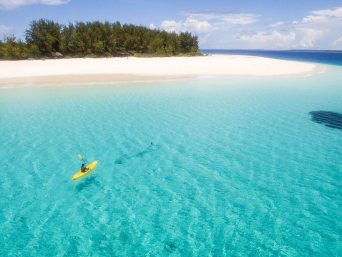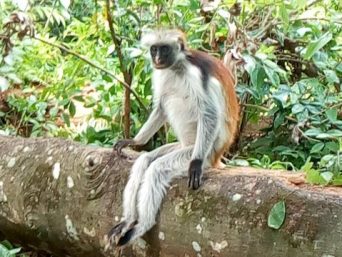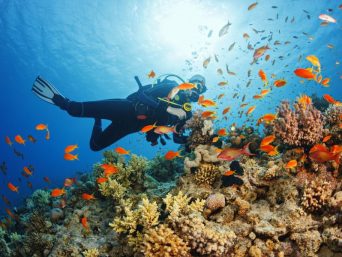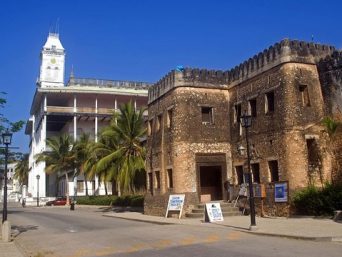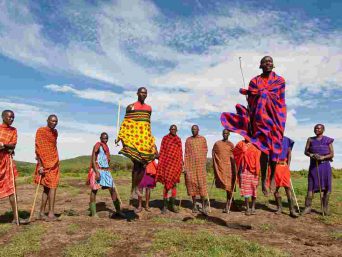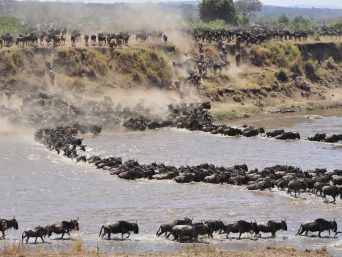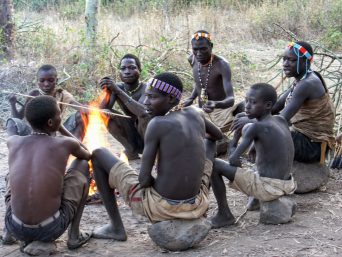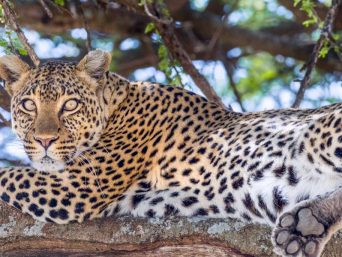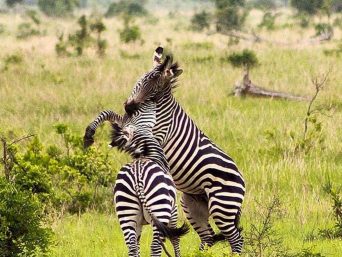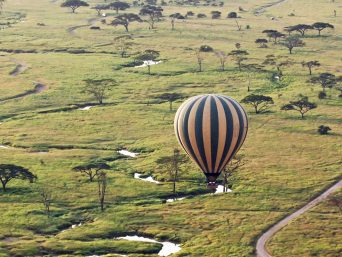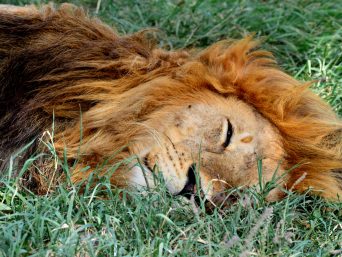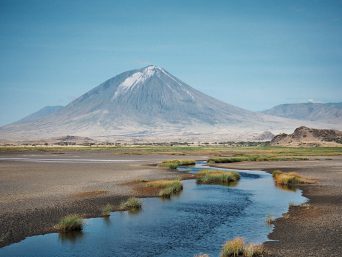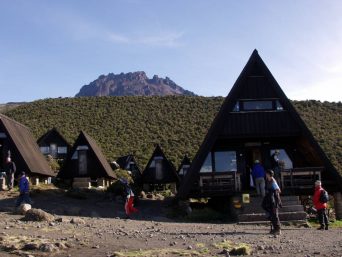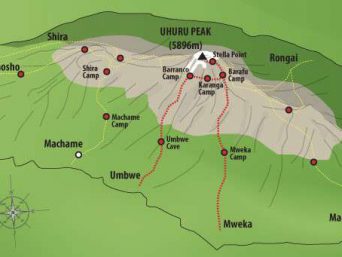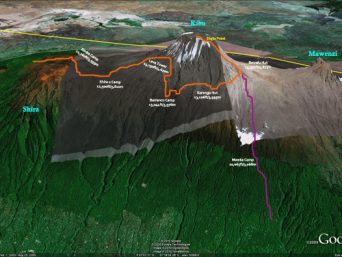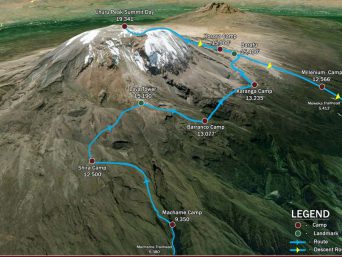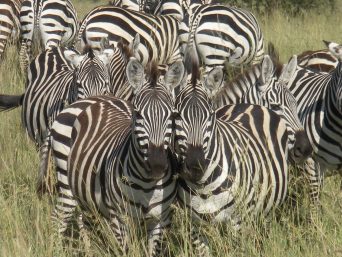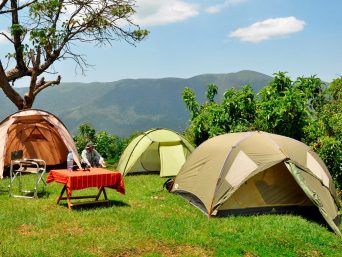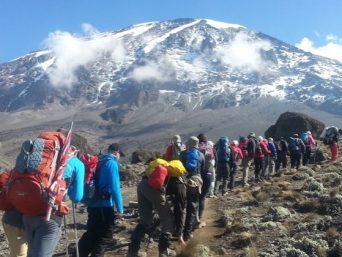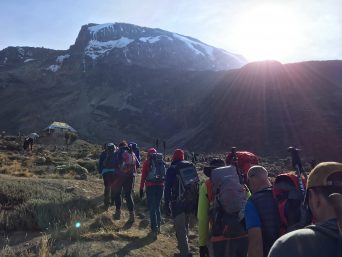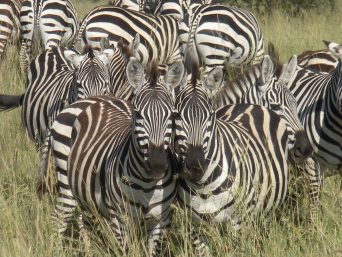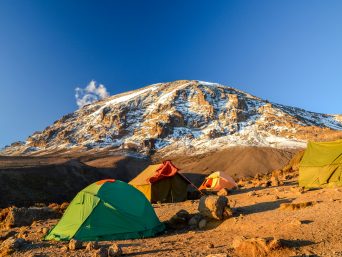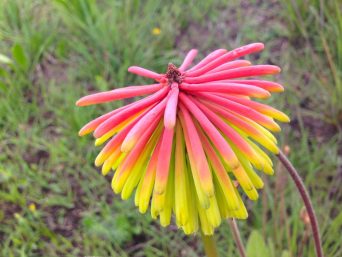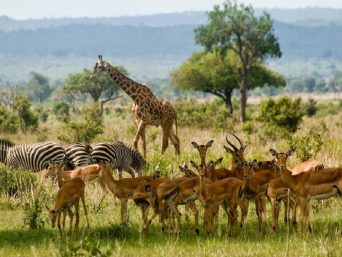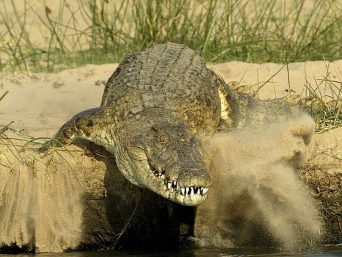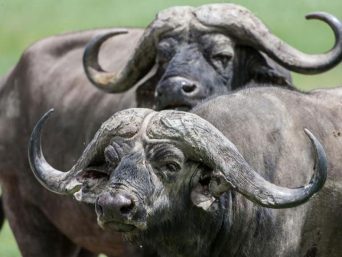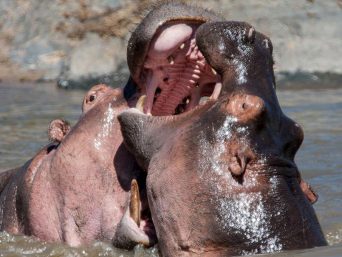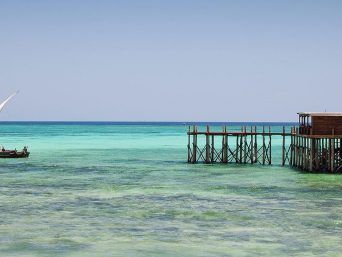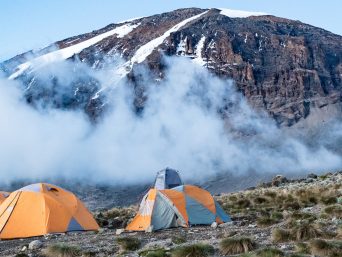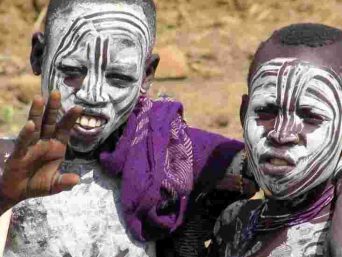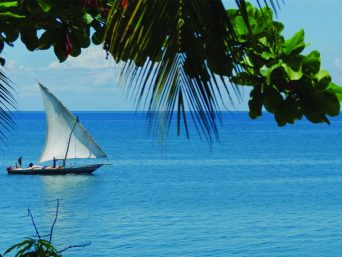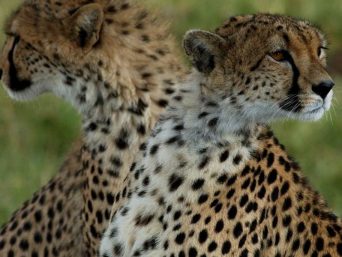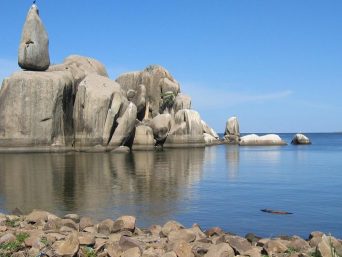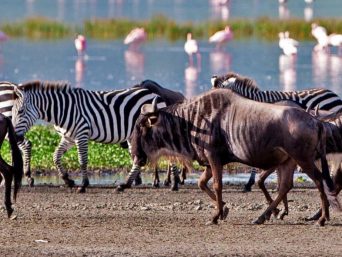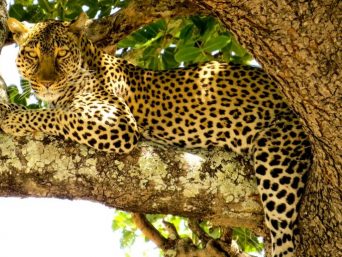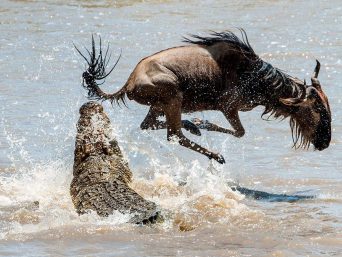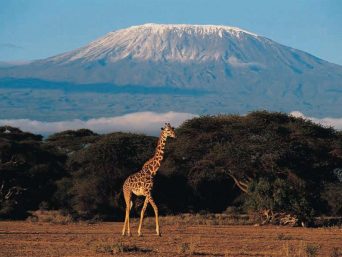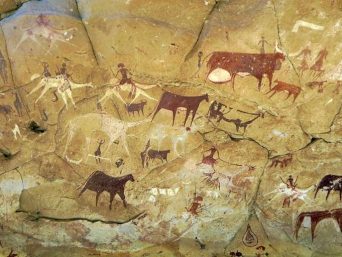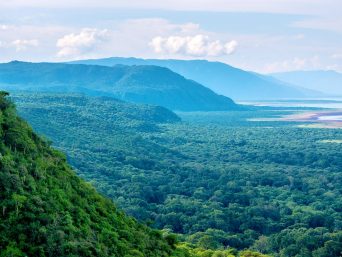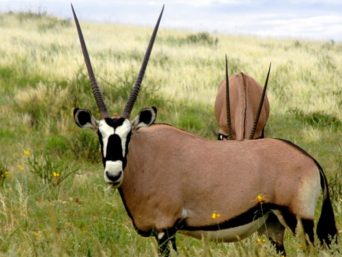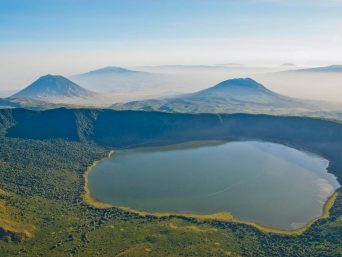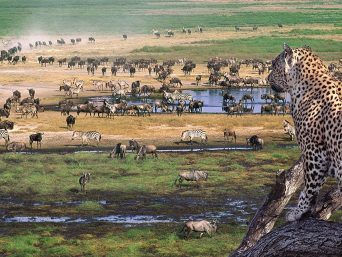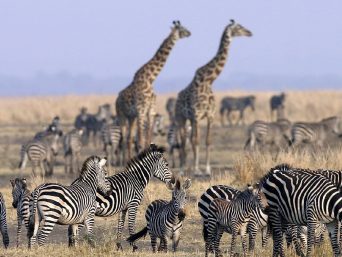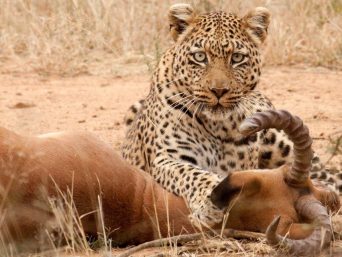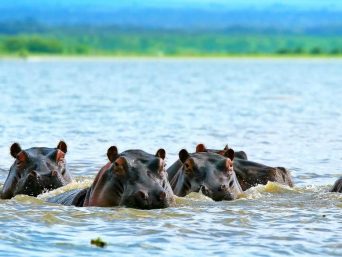Conservation Status: National Park
Established: 1964
Location: Southern Tanzania
Size: 20,200 Kms² (Tanzania’s Largest National Park)
Maximum Length: 260 Km. from Southwest to Northeast
Height A.S.L:Ca. 1,000 m. Some scattered hills in the west rise up to 1,800 m (Lyambagari 1,816 m, Ikungu 1,830 m)
Seasonal Variation: Two well defined seasons – a dry season from May to October and a wet season from November to April (less rainy in December – February). Bushfires often occur in the dry season. Only minor seasonal variation in the occurrence of animals. The vegetation flourishes best in March – April. The best seasons for visiting is July – October. The roads are difficult during the west season and can be impassable in places.
Precipitation: Mean annual rainfall 500 mm (in the valley of the Great Ruaha River) – 800 mm (in other parts of the park, e.g. on the escarpment of the Rift Valley). Highest rainfall in March – April and lowest rainfall in June – September (practically rainless)
Temperatures: Monthly average 21 – 24°C. Daytime 25 – 30°C, up to 35 – 42°C in October – November, and 15 – 18°C at night, sometimes only 5°C in July.
Activities: Game drives, bird watching and guided walking safari
One of Tanzania’s best kept wildlife secrets, the Ruaha National Park is the country’s second largest game park covering about 13,000 sq km. It takes its names from the great Ruaha River that flows along its eastern border.
Ruaha is an amazing park – remote with spectacular topography of river, trees, plains and mountains, its beauty is unmatched due to the diversity and concentration of wildlife and birds. Ruaha’s ecosystem represents a transition between the miombo woodlands and the more open savannah. This can be seen in the Park’s flora which is thick in some areas and yet wide open in others. Its spectacular scenery includes rolling hills, large open plains and huge baobab tress and the magnificent Ruaha River which is home to crocodiles and hippos.
Almost all of Africa’s large mammal species are to be found in Ruaha. It has the largest elephant population than any Tanzanian national park. Large carnivores are well represented, populations of lions doze in sandy riverbeds, leopards are wide spread, and cheetahs are often seen hunting on open plains. Hyena and wild dogs can be seen throughout the park. The park is also known for its huge buffalo herds and variety of antelope species including both greater and lesser kudu, roan, sable, dik dik, Grant’s gazelle and eland. Others include warthog, mongoose, wildcat and rare civet. The park’s main wildlife spectacle however centers on the Great Ruaha River where the animals congregate to drink water.
For birdwatchers, Ruaha’s birdlife is extraordinary, with over 400 species recorded including a wide of variety of herons and egrets, bee-eaters, cuckoos, owls, rollers, hornbills, bustards, kingfishers and woodpeckers. The best time to visit Ruaha National Park is probably in the dry season between June and October when the animals are concentrated around shrinking water holes. As a simple rule, the drier it gets, the fewer places there are for the game to drink and the more the animals congregate around remaining water sources
FACILITIES
The park has an airstrip for light aircrafts and it’s accessible by road. There are several tented lodges and permanent lodges that operate during the dry season, May-March. The park has also one lodge, self-catering huts (bandas) and several tented camps including few public campsites.

